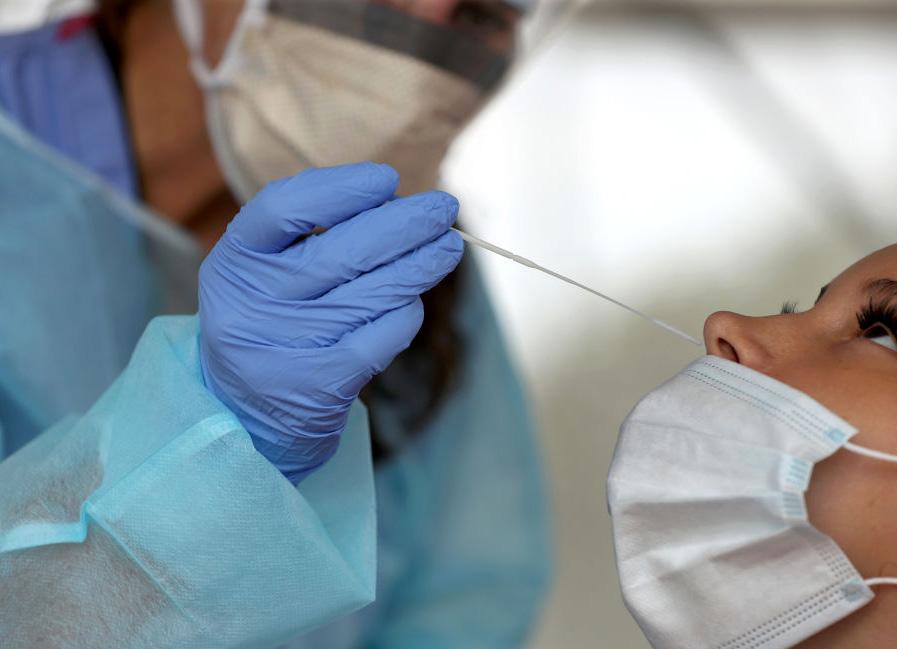
3 minute read
NAST Holds Webinar
from GENEWS October 2020 Issue
by Genews
NAST Holds Webinar on COVID-19 Testing
by MARIA YLENNA NOTORIO (Zisupton)
Advertisement
The National Academy for Science and Technology (NAST) conducted its 5th installment of the “COVID-19: Where We Are and Where We Want To Be” webinar series entitled “Understanding The Science of COVID-19 Testing” on September 2, 2020 which explores PCR-based tests, antigen and antibody tests, and the current status of COVID-19 testing in the Philippines discussed by Dr. Cynthia P. Saloma, Director of UP Philippine Genome Center and Dr. Nina G. Gloriani, former Dean of the College of Public Health in UP Manila.
Dr. Saloma presented the current status of COVID-19 cases and testing in the country. As of August 31, 2020, there are 224,265 cases of COVID-19 and 3,597 deaths reported. Currently, the country tested 2.39% of the population. The Research Institute for Tropical Medicine (RITM), UP National Institute of Health, National Institute of Molecular Biology and Biotechnology (IMBB) and UP PGC conducted online biosafety modules and trained medical technologists last April and May 2020 as a preparation for the extensive COVID-19 testing.

Followed by the discussion of the RT-PCR test, Dr. Saloma started by describing the structure and genome of SARS-CoV-2, the causative agent of COVID-19. SARS-CoV-2 is a positive-sense, single-stranded RNA virus with around 29 to 30 kilo base pairs. Its genome comprises 11 genes, some of which are the ORF1A and ORF1B that encode for the replication and translation complex and together comprise two-thirds of the genome. Other genes encode for the structural proteins of the virus.
Real-time reverse transcription
...continued on page 4
...continued from page 3
polymerase chain reaction test (rRT-PCR) is the ‘gold standard’ in diagnosis of COVID-19. It targets specific viral genes in the virus genome, producing multiple copies of the target gene. Using fluorescent dyes, a computed detects and visualizes the target through a computer. The amount of fluorescence with respect to the threshold cycle (Ct) value determines whether a sample is positive or negative from the virus.
The problem with Ct-based tests, as stated by Dr. Saloma, is that there is no absolute Ct value, and the manufacturer of the test kit determines this value. Therefore, some test results may show a false positive or false negative. They usually administer the test during the first week of infection—3 to 5 days post-exposure or during the onset of symptoms.
Dr. Gloriani discussed how antibody and antigen tests can be used in effective diagnosis of COVID-19. When the virus enters the body, it stimulates the production of antibodies as the host’s immune response. Antigen test reveals whether the virus infects a person by detecting antigens or structural proteins from the virus surface, while antibody test determines whether A health worker prodeeds with the standard protocol of obtaining swab samples. the virus infected the person through identifying antibodies present in the patient’s sample.

However, antigen and antibody tests have lower specificity and sensitivity compared with the RT-PCR test. The timing of sample collection influences the test results, as the test taken too soon would cause a false negative. Also, presence of antibodies from previous infections may cause a cross-reaction with the antibodies against COVID-19. Advantages of antigen and antibody tests include rapid results, inexpensiveness, and application for point-of-care use. Dr. Ma. Genaleen Diaz (F1), head of UPLB COVID-19 Testing Lab (CMDL) and a panelist of the webinar, shared how RT-PCR test can be very sensitive and detect remnants of the viral genome that are inactive which is a challenge in interpreting results as positive or negative. She correlated the importance of clinical symptoms and honesty in disclosure of exposure or travel history by the patient. Another panelist, Dr. Rody Sy, Professor Emeritus of UP Manila, stated how antigen and antibody tests can be a substitute for RT-PCR test in releasing return-to-work clearance for daily wage earners.


Resource speakers Dr. Saloma (Left) and Dr. Gloriani (Right) communicates the current situation of the COVID-19 pandemic in the Philippines.










